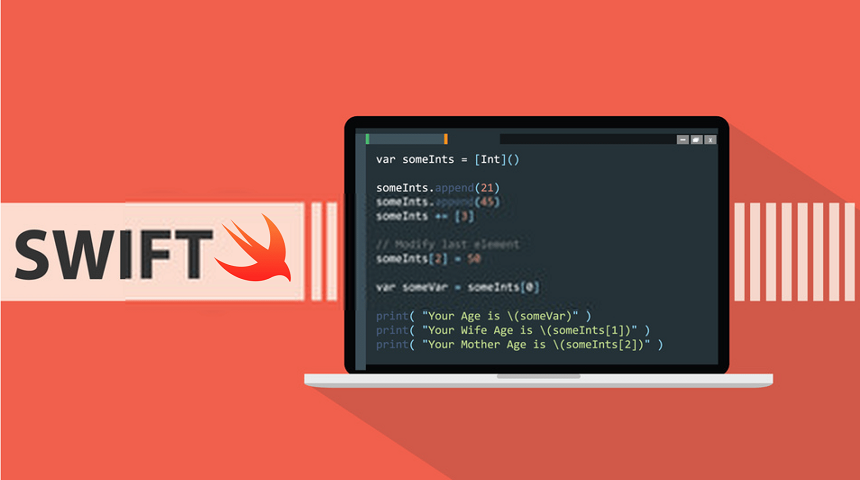
Free eBooks for Beginners
Logging is a crucial aspect of software development, and in Swift, it is no different. Logging helps developers keep track of what’s happening in the app, identify and debug issues, and improve the overall quality of the software. Swift provides several options for logging, including print statements, third-party logging frameworks, and custom logging solutions. In this article, we’ll discuss the basics of logging in Swift and how to get started.
First, let’s talk about print statements. Print statements are the most straightforward and simplest way to log information in Swift. The print statement outputs messages to the console, which is the output window in Xcode where developers can see the results of their code. To log a message using a print statement, simply add the following line of code:
print(“This is a log message”)
While print statements are easy to use, they are not ideal for more complex logging requirements. For example, if you need to log messages at different levels of severity, such as errors, warnings, or info, print statements can quickly become messy.
Another option for logging in Swift is to use a third-party logging framework. There are many logging frameworks available, including CocoaLumberjack, SwiftyBeaver, and XCGLogger. These frameworks provide a more organized and flexible way to log information, with features like logging at different severity levels, logging to different outputs (such as a file or database), and filtering log messages based on criteria like severity level or message content.
Custom logging solutions can also be implemented in Swift. This is useful when you need to log information specific to your app, or when you want to implement custom behavior for logging messages. To create a custom logging solution, you can write a custom class that defines methods for logging messages at different severity levels. You can also include additional functionality like logging to different outputs or filtering log messages based on criteria.
In conclusion, logging is an important aspect of software development in Swift, and there are several options available for logging, including print statements, third-party logging frameworks, and custom logging solutions. Whether you are a beginner or an experienced Swift developer, it’s important to choose a logging solution that fits your needs and provides the information you need to debug and improve your app.
Cookbook – SWIFT for Beginners – Chapter 58: Logging in Swift
 Loading...
Loading...
Disclaimer: The information and code presented within this recipe/tutorial is only for educational and coaching purposes for beginners and developers. Anyone can practice and apply the recipe/tutorial presented here, but the reader is taking full responsibility for his/her actions. The author (content curator) of this recipe (code / program) has made every effort to ensure the accuracy of the information was correct at time of publication. The author (content curator) does not assume and hereby disclaims any liability to any party for any loss, damage, or disruption caused by errors or omissions, whether such errors or omissions result from accident, negligence, or any other cause. The information presented here could also be found in public knowledge domains.